Astronomy > Lab Report > Cluster Ages Lab Exercise (All)
Cluster Ages Lab Exercise
Document Content and Description Below
Determining Ages of Star Clusters Using Color Magnitude Diagrams ________________________________________ The “Determining Cluster Ages Using CMDs” pre-lab exercise is a prerequisite for this e... xercise. It should be turned in before beginning. Lab Exercise Learning Goals Describe what is meant by a color-magnitude diagram (CMD). List the information that can be inferred from a CMD. Itemize the assumptions made when working with a CMD. Qualitatively state the relationship between the color of a mainsequence star and its main-sequence lifetime. Explain the fundamental basis for determining the age of a cluster given the cluster’s “turnoff” B – V. Determine cluster ages using their color-magnitude diagrams. Summarize the complete process of how astronomers estimate the ages of star clusters. Introduction Importance of determining the ages of star clusters Clusters are groupings of stars that were all born at roughly the same time. When we speak of the age of a cluster, we are equivalently asking the ages of the stars. So why do we care how old clusters are? The age of a cluster can provide clues to the formation of galaxies and therefore the Universe. For example, stars in globular clusters appear to be the oldest in our galaxy. We can then infer that globular clusters were some of the first structures to evolve during the formation of our galaxy. Effect of cluster distance If one star in the sky looks brighter than another, can we say that star is more luminous? When we look up to the sky at night, we see stars of varying brightness; that is, their apparent magnitudes are different. This difference is caused in part by the varying luminosities of the stars. But it could also be caused by the distance the star is from Earth. For example, the Sun appears brighter to us than Vega, but Vega is more than 50 times as luminous. Thus, we usually cannot use apparent magnitude of a star as an estimate of its luminosity. In a cluster of stars, however, we can use the apparent magnitude of its constituent stars as a relative measure of their luminosities. Since a cluster is localized to one relatively small volume of space, all of the stars within a cluster are roughly at the same distance from Earth. Because the stars are at roughly the same distance, differences in apparent magnitudes are due only to differences in the stars’ luminosities. Adapted from University of Washington [Show More]
Last updated: 1 year ago
Preview 1 out of 20 pages

Reviews( 0 )
Document information
Connected school, study & course
About the document
Uploaded On
May 21, 2021
Number of pages
20
Written in
Additional information
This document has been written for:
Uploaded
May 21, 2021
Downloads
0
Views
107



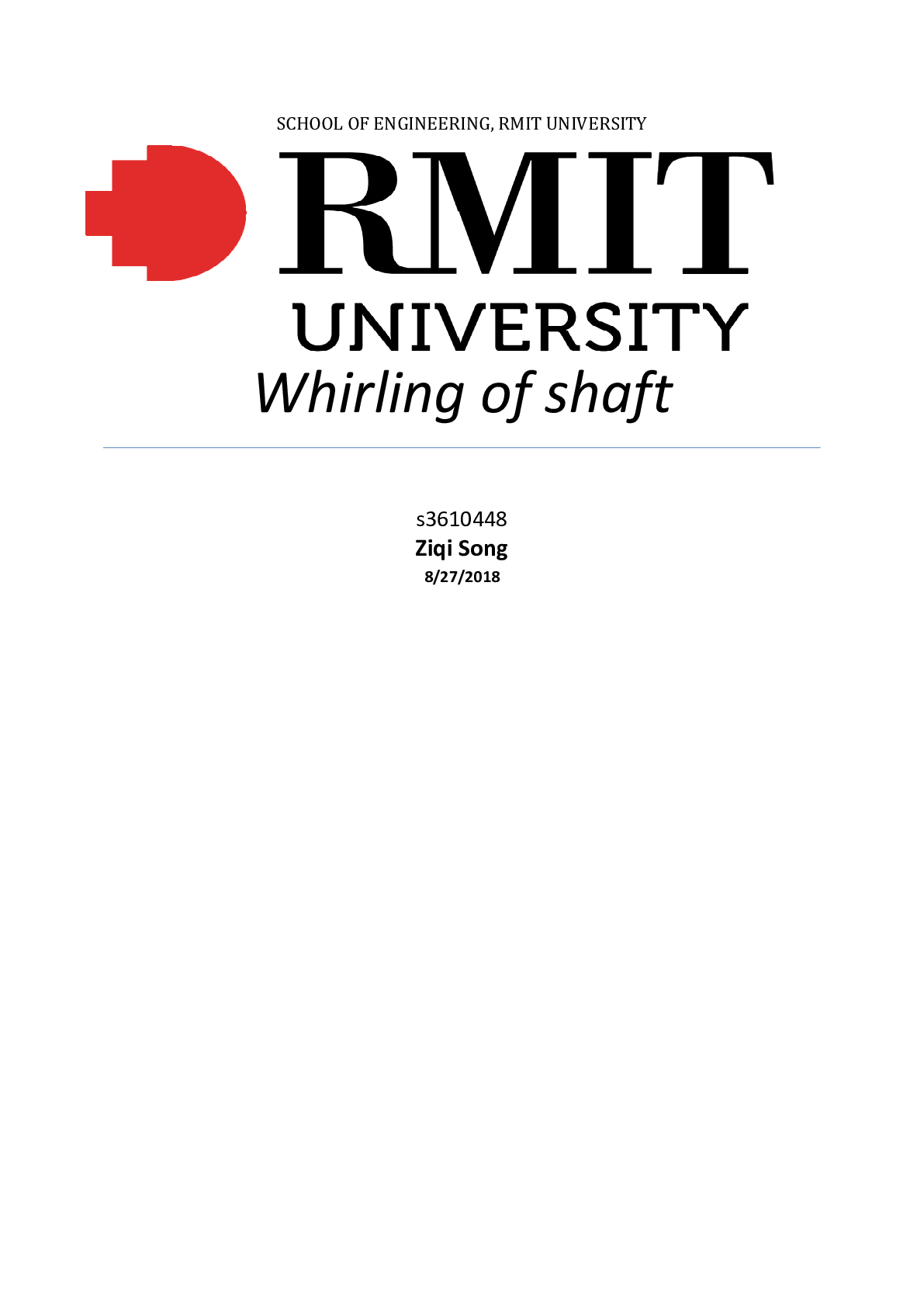
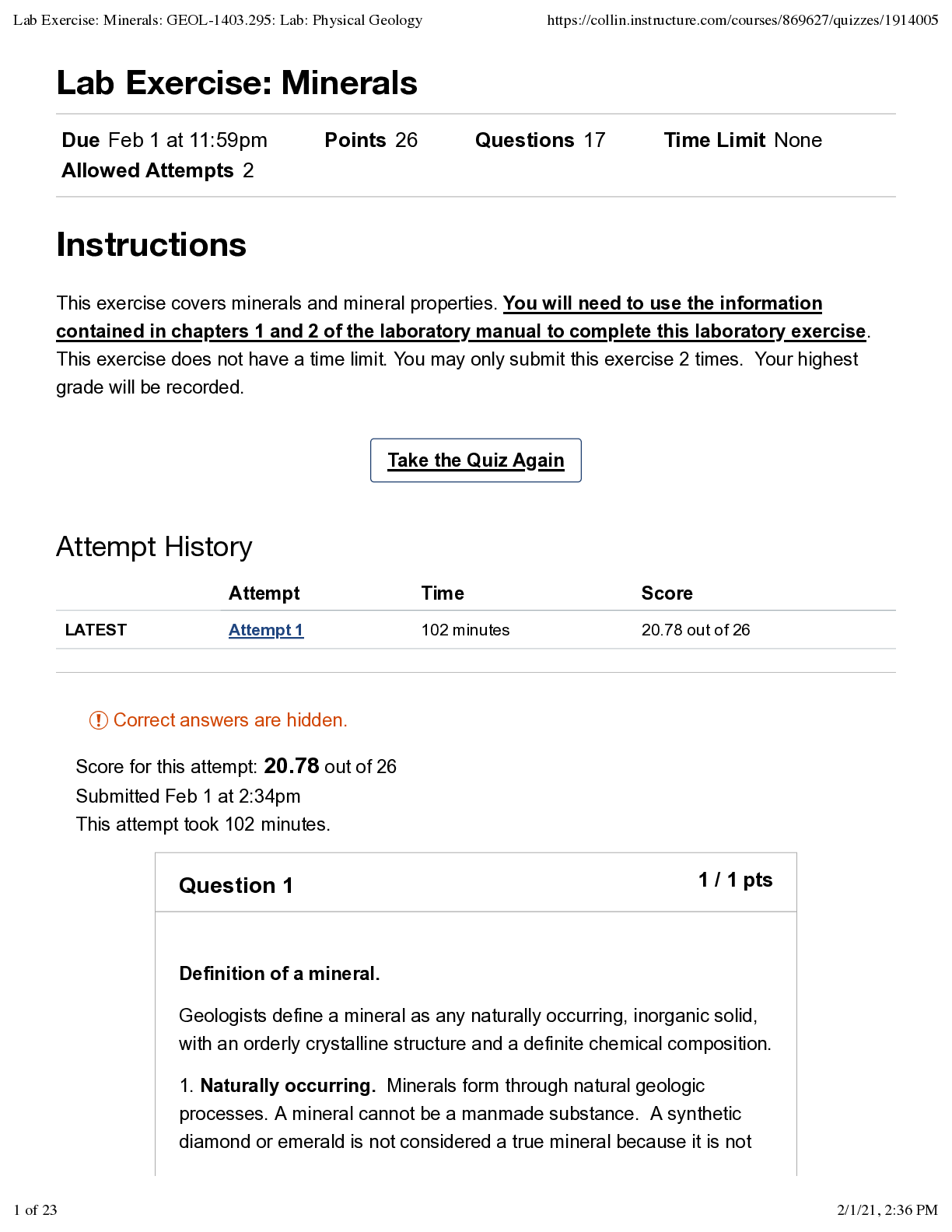


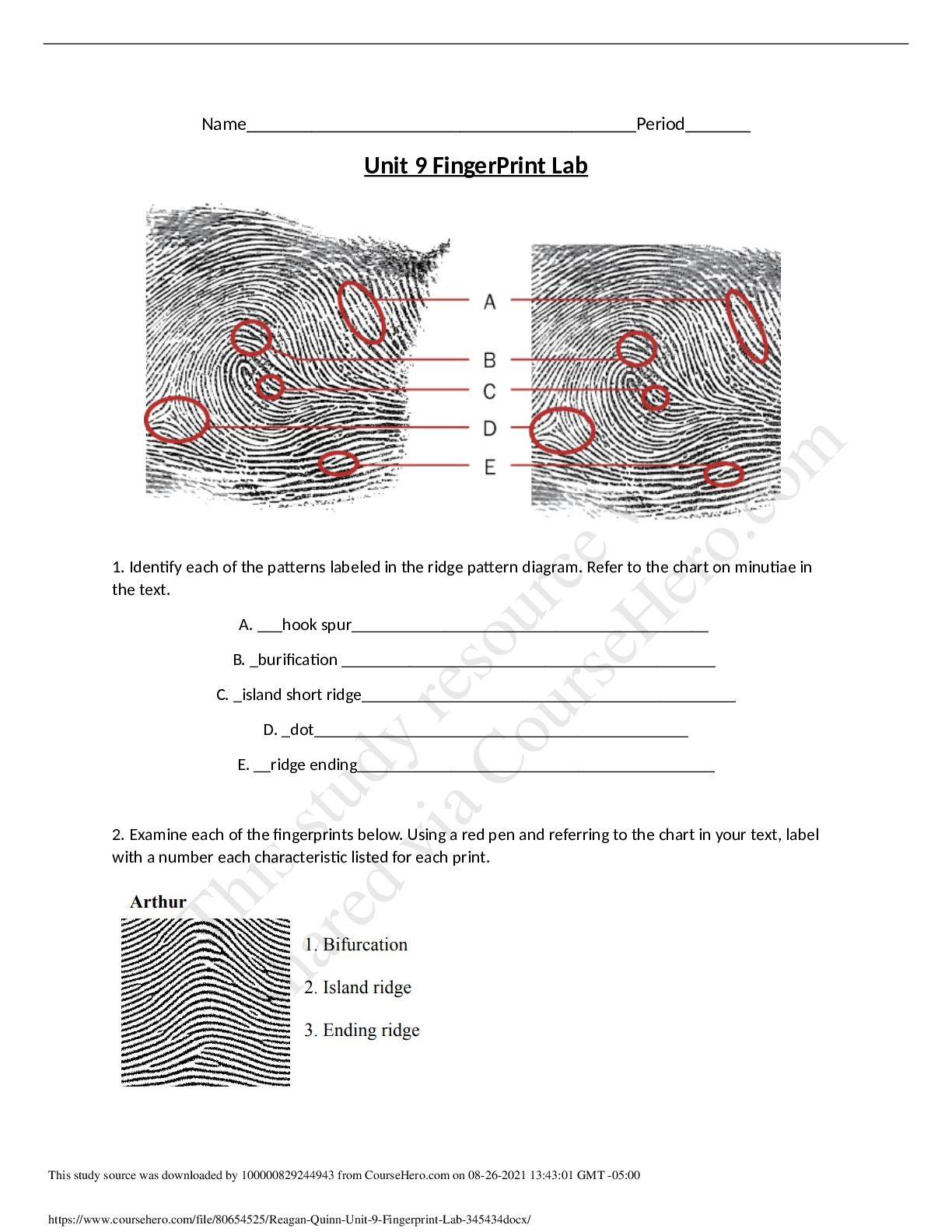






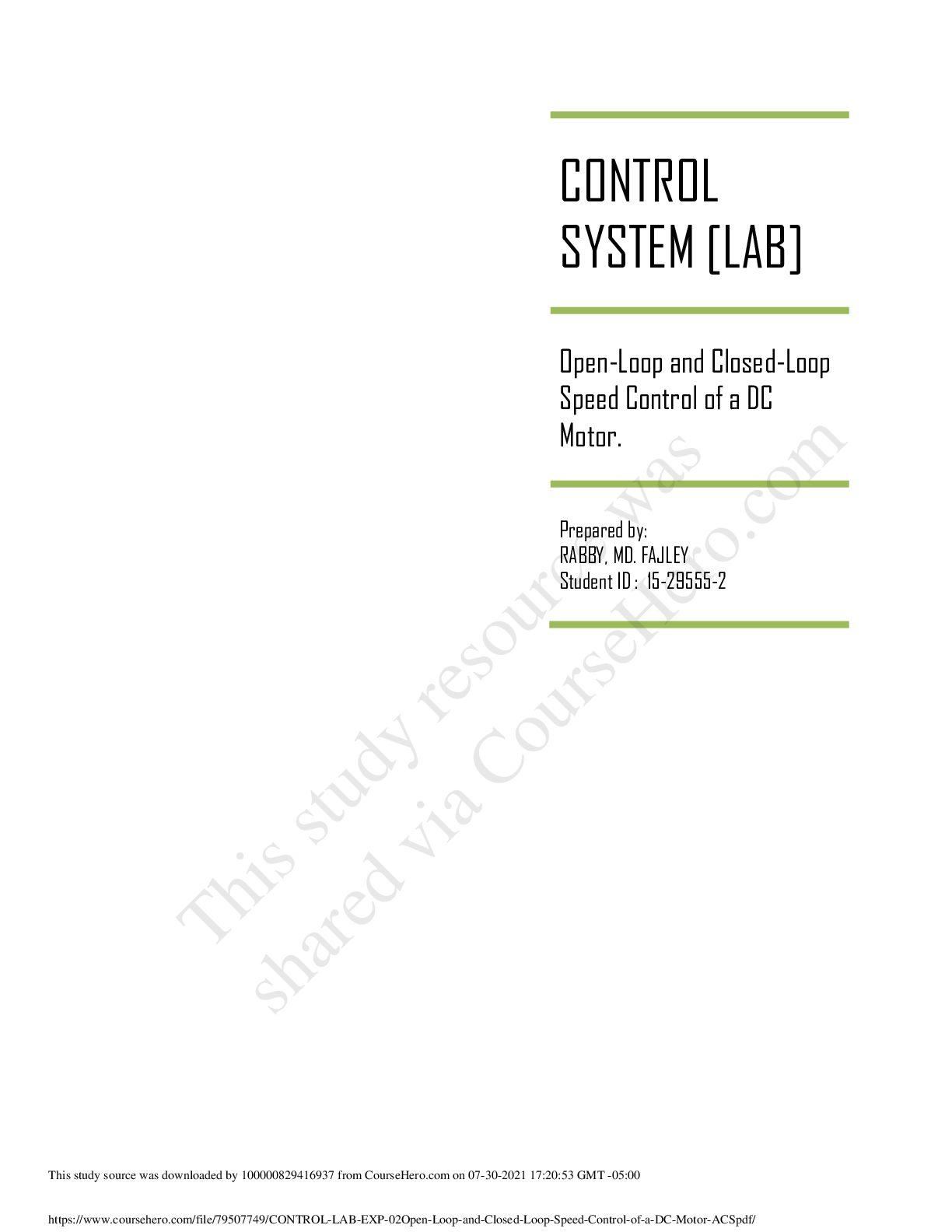



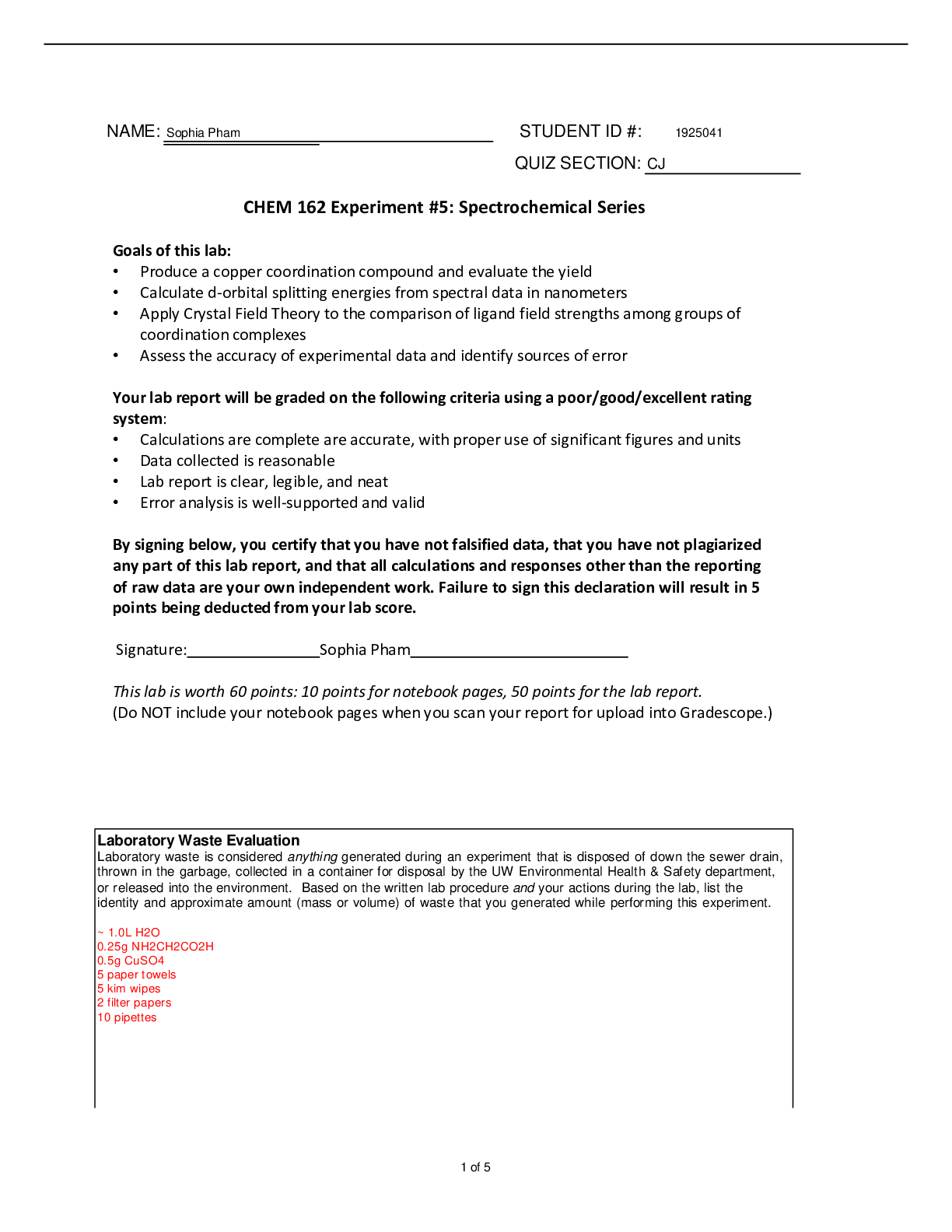

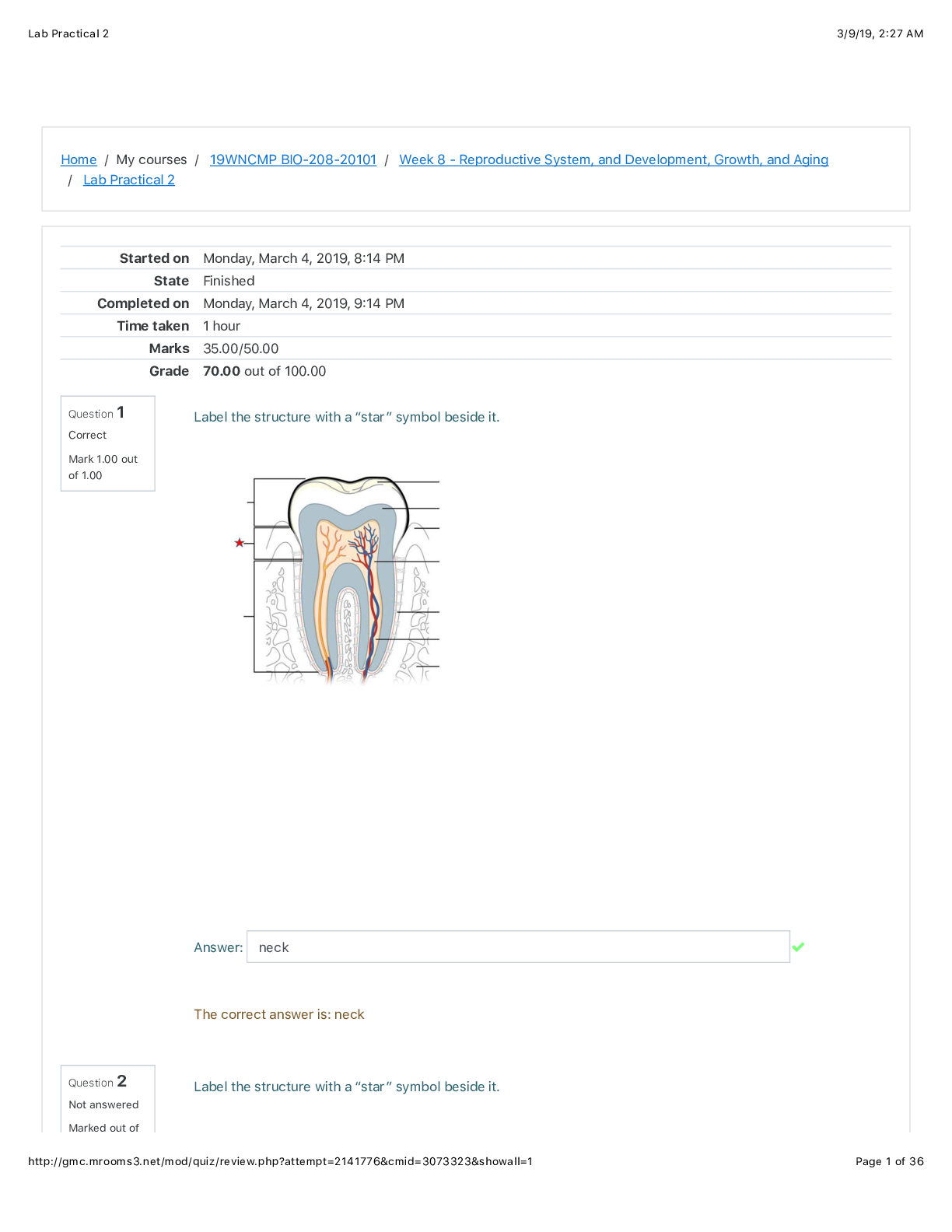

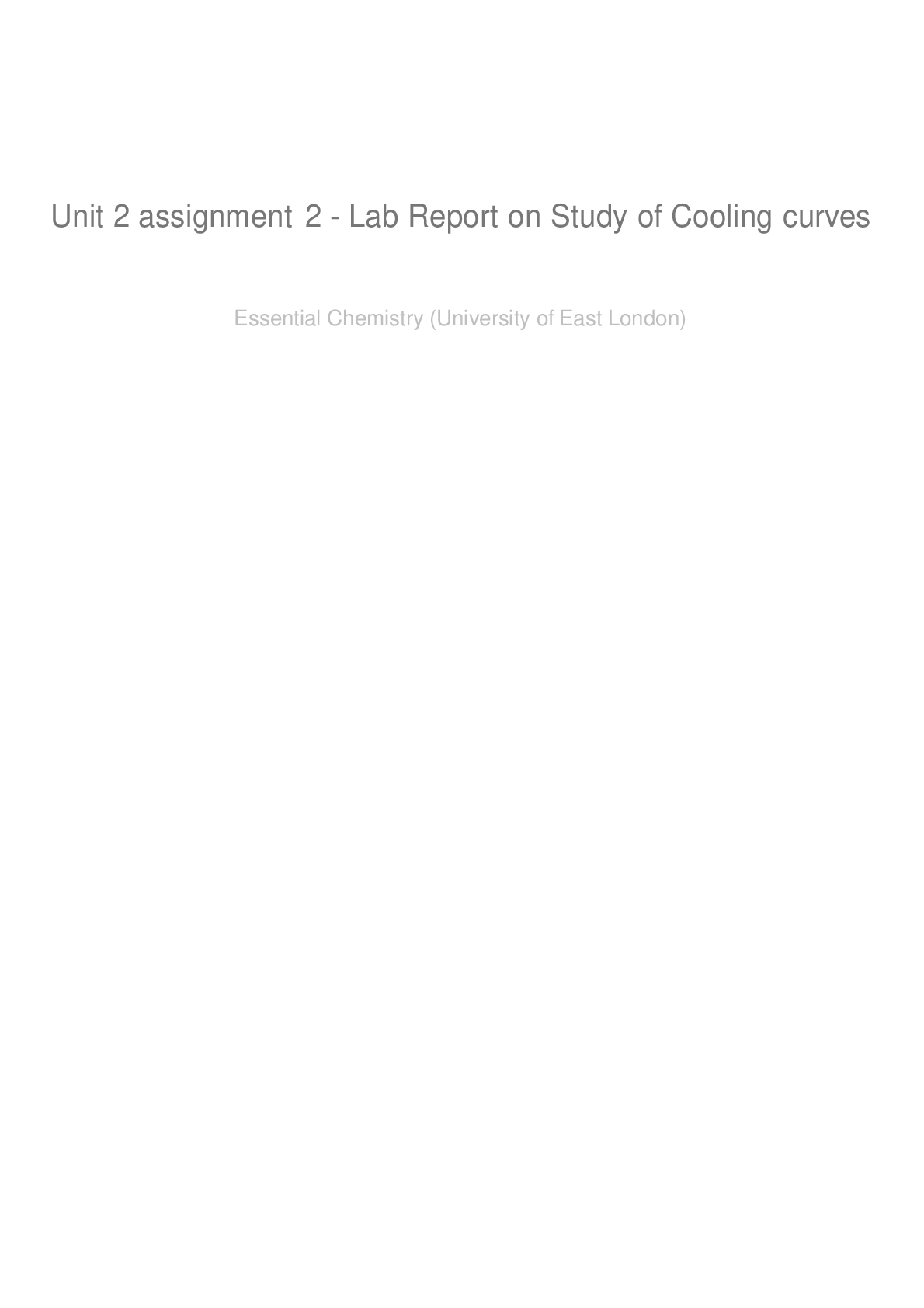
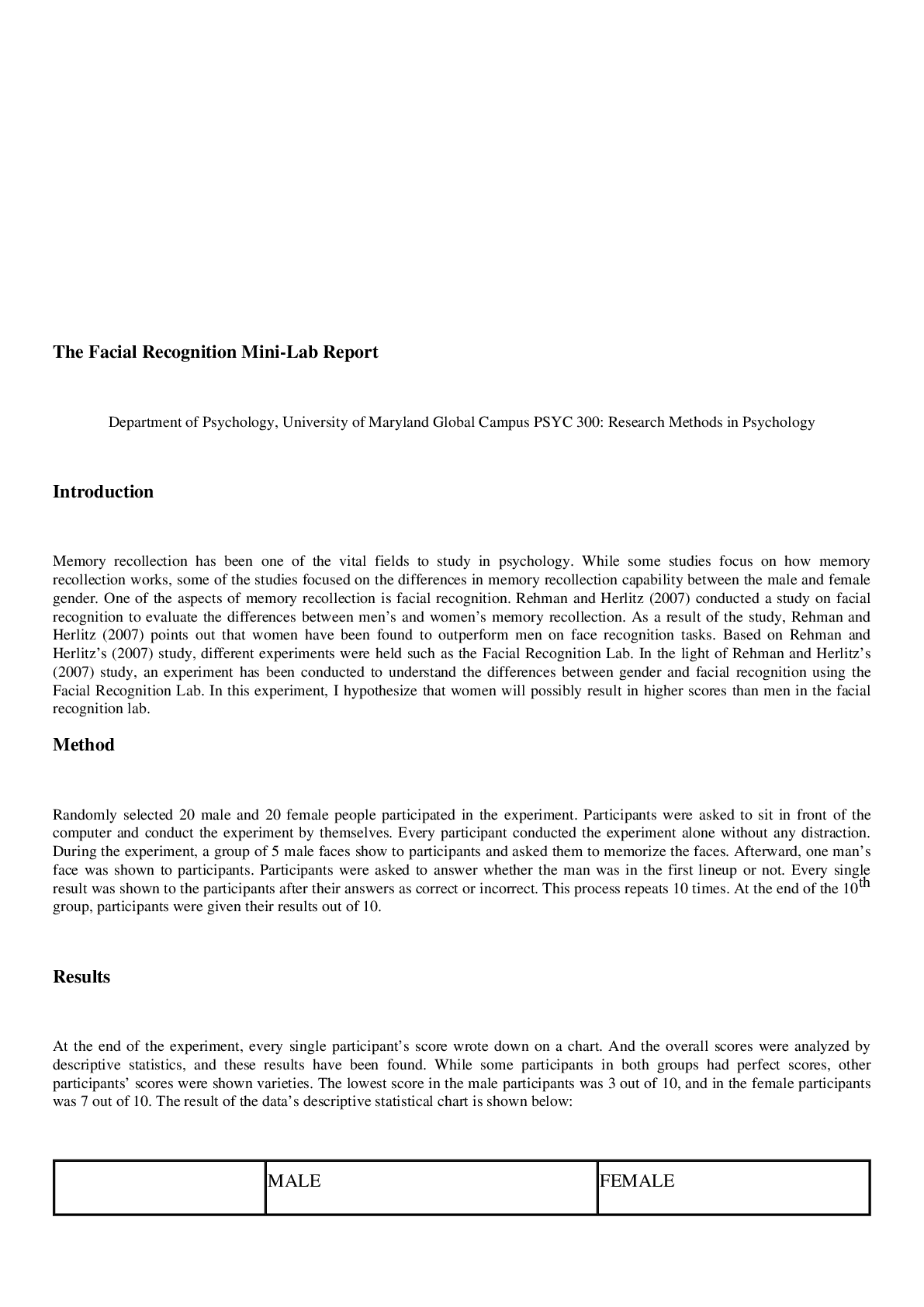
 (1).png)
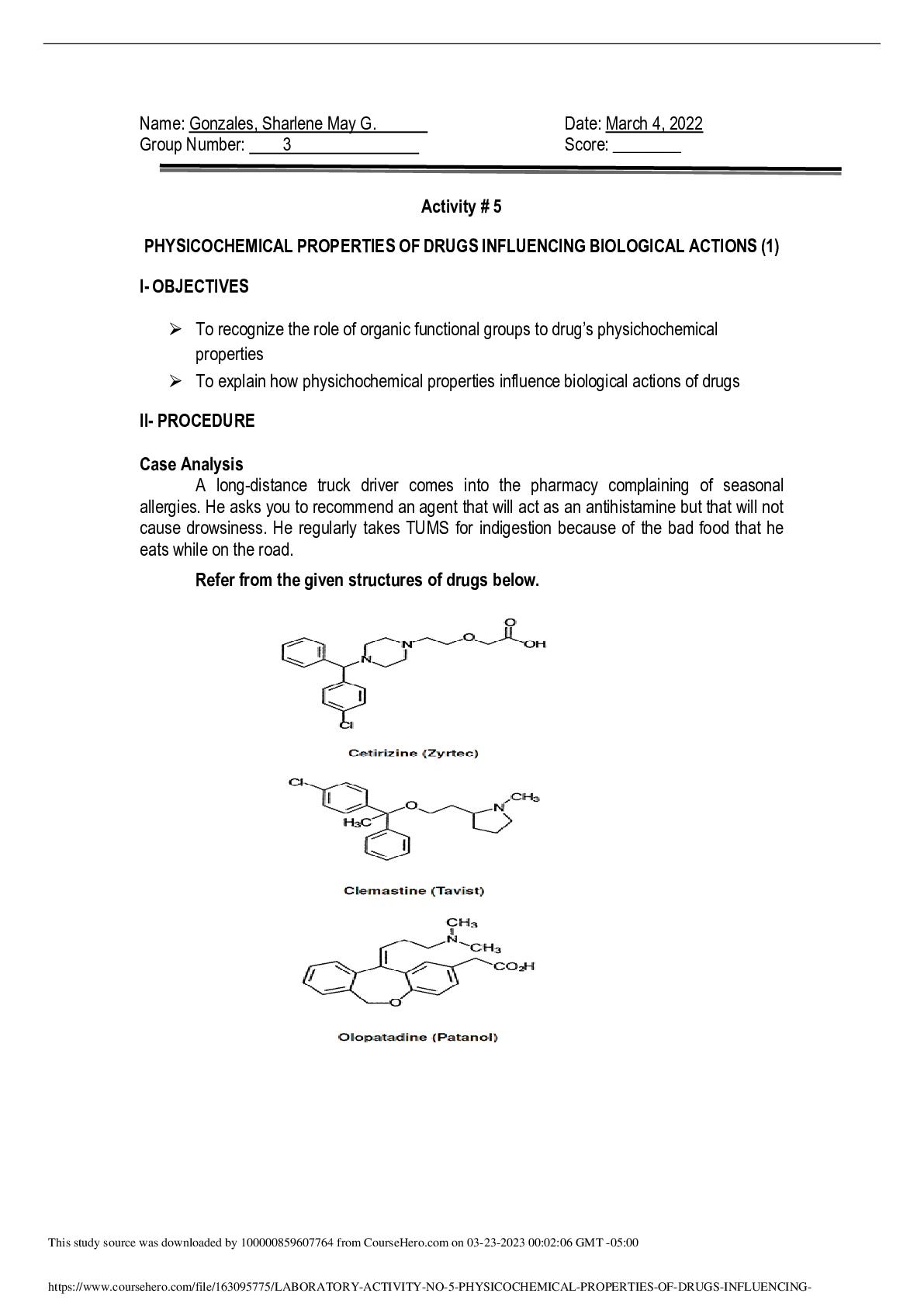
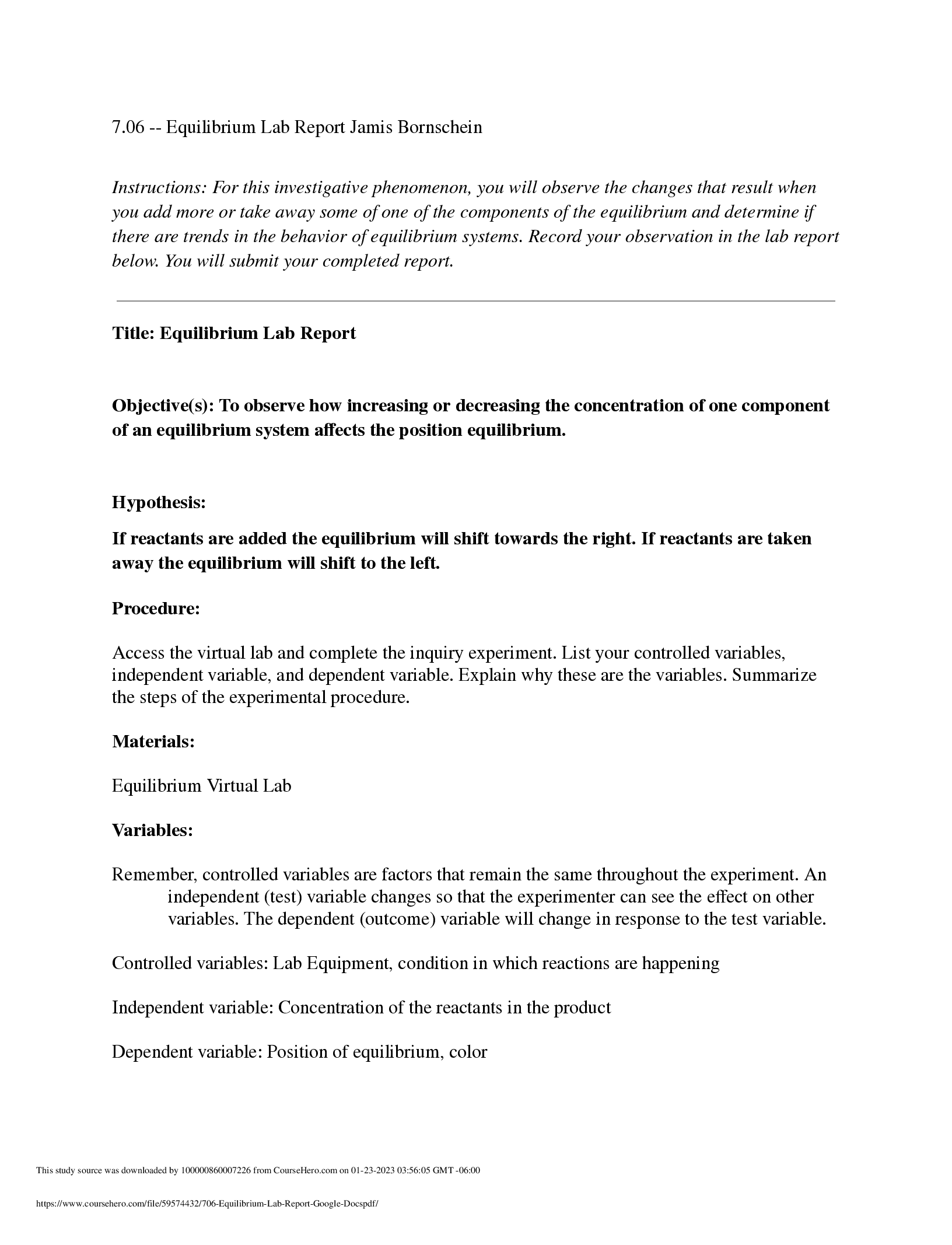
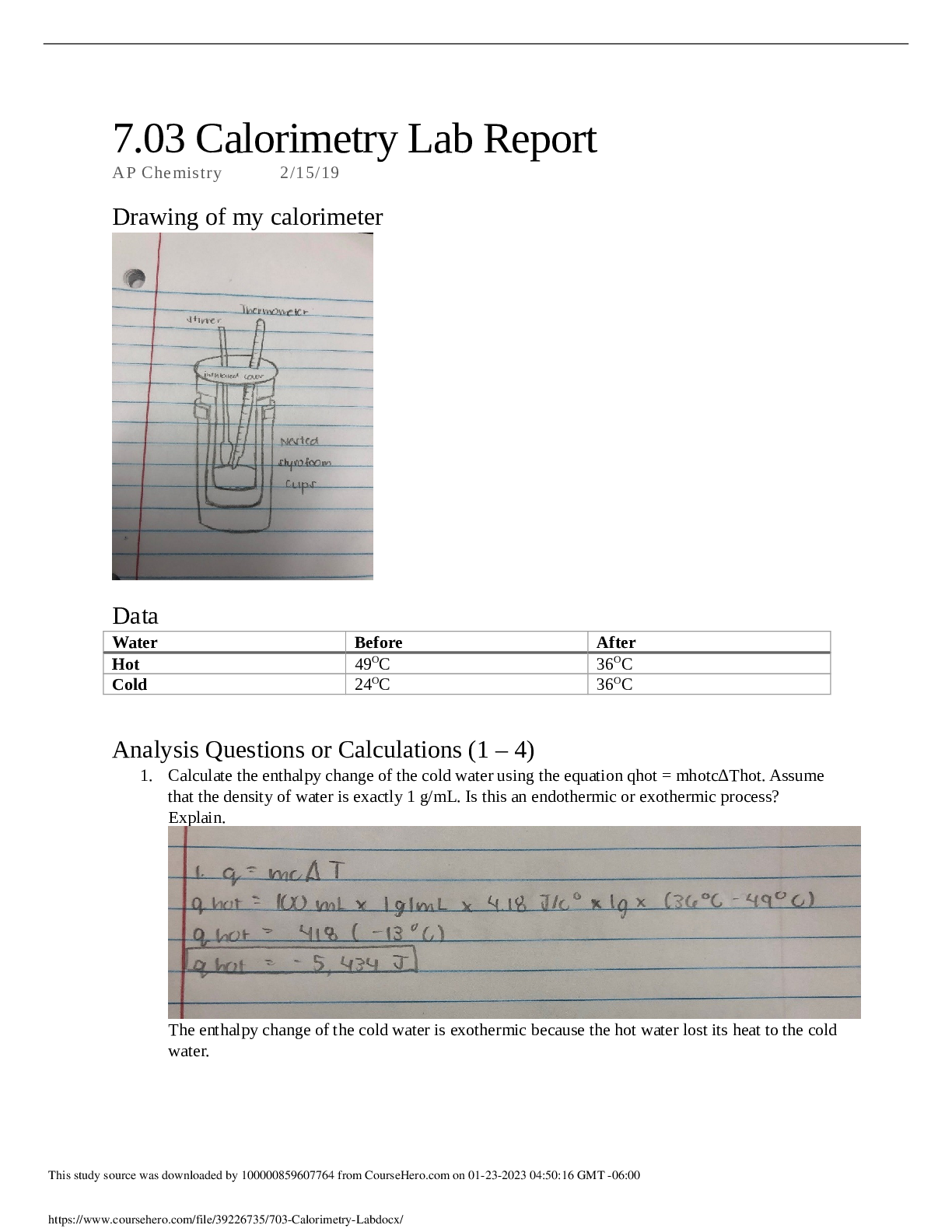

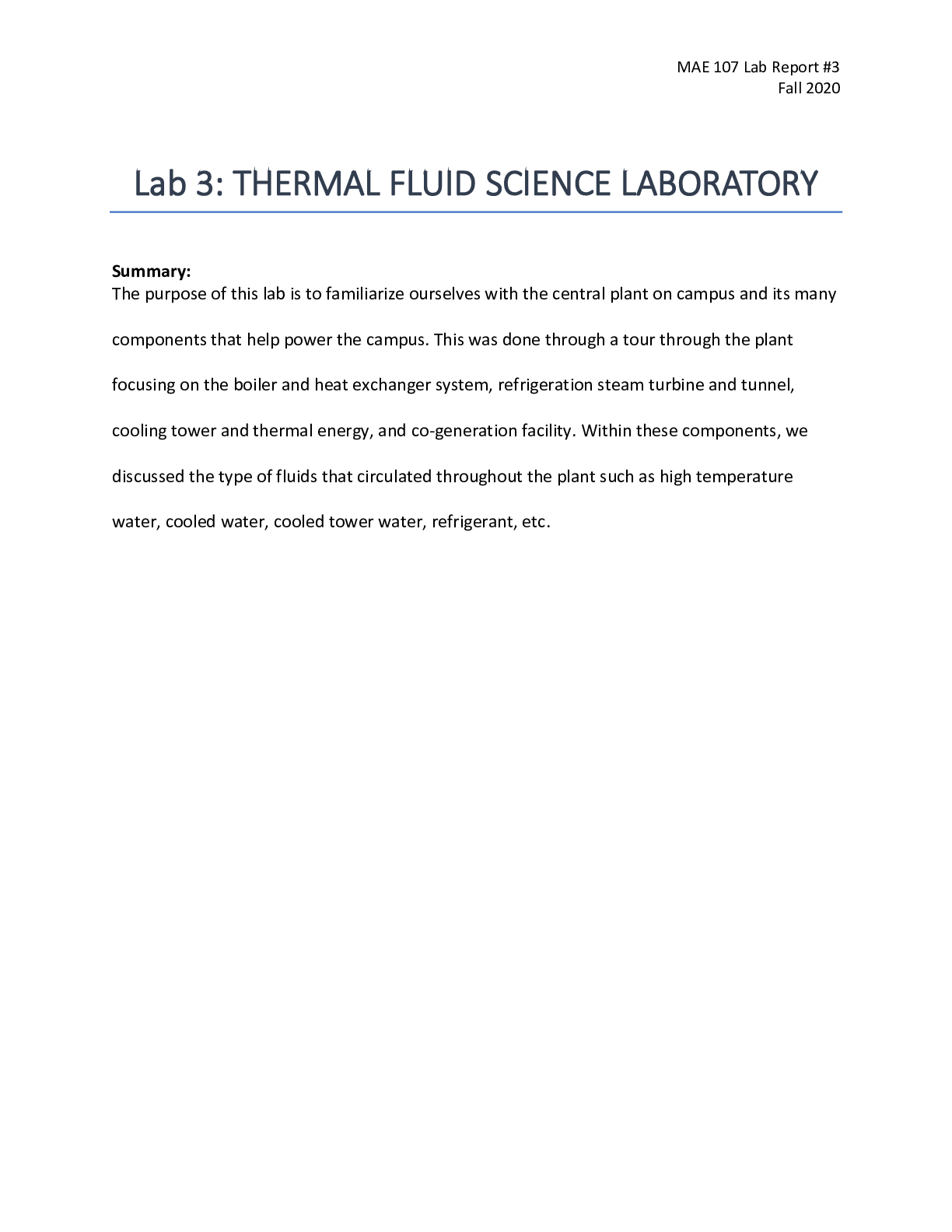

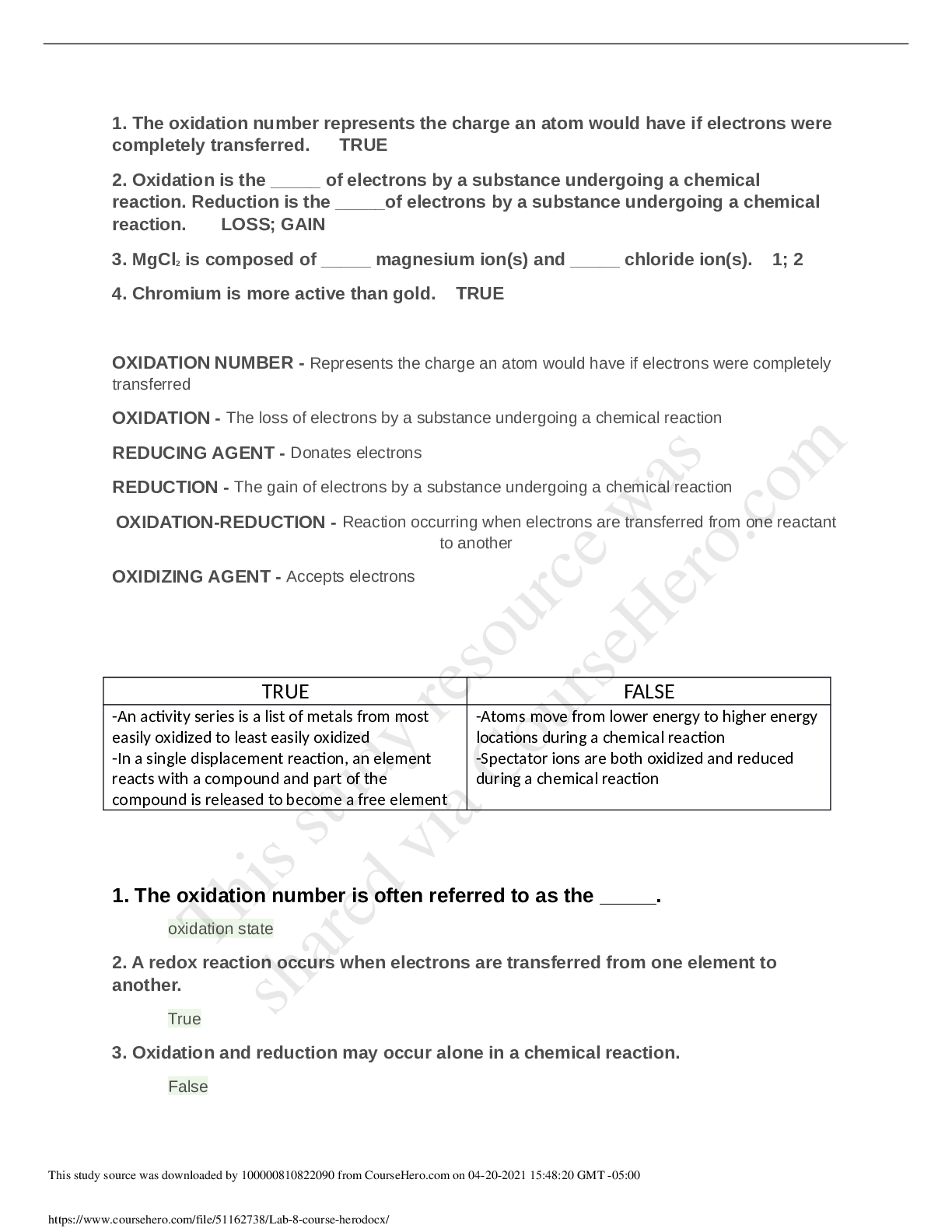

.png)

.png)

